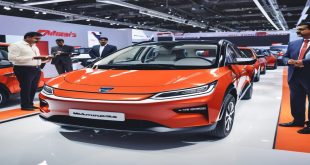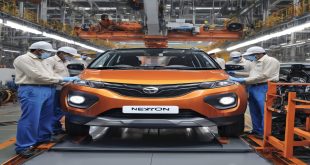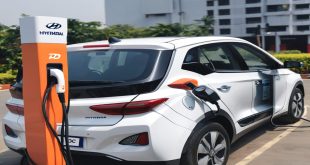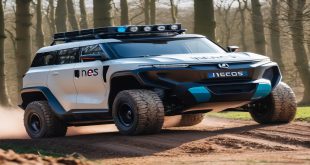Mahindra and Mahindra (M&M) is implementing a balanced strategy that incorporates internal combustion engines (ICEs) electric vehicles (EVs) and hybrid technologies as the automotive industry rapidly shifts to EVs. Mahindra is strategically positioned to benefit from a diverse portfolio that satisfies varying market demands and regulatory landscapes while many manufacturers are racing towards full electrification.
Adopting a Multifaceted Approach to Powertrain Design.
With plans to introduce 16 electric models by 2027, Mahindra has made notable progress in the electric vehicle market. By then the company hopes to have 20 percent of its utility vehicle sales come from these models which will be distributed among a number of market segments such as light trucks and SUVs. Mahindras commitment to the electrification trend is demonstrated by this ambitious plan which will help the company stay competitive in an industry that is moving more and more in the direction of sustainability. Mahindra understands that the switch to electric cars won’t happen quickly though. ICE vehicles still have a sizable market, particularly in areas where EV infrastructure is still being developed. To avoid alienating a significant segment of its customer base that might not be prepared or able to transition to electric vehicles Mahindra is making sure that it keeps developing and marketing ICE cars in addition to its new EV offerings.
How do Hybrid Technologies Function?
Mahindra is considering hybrid technology as a means of bridging the gap between conventional and electric drivetrains in addition to its ICE and EV models. Combining an internal combustion engine and an electric motor hybrid car provides a workable way to cut emissions and fuel use without having the range anxiety that comes with all-electric cars. Using current ICE models and augmenting them with hybrid technology is Mahindras strategy for hybrid vehicles. Mahindra is able to more effectively employ its current manufacturing capabilities thanks to this strategy which also helps customers transition more smoothly. To determine the best options for its lineup of vehicles the company is closely examining a variety of hybrid technologies such as plug-in hybrids and mild hybrids.
Technological investments and strategic partnerships.
Strategic alliances and investments meant to strengthen Mahindras technological prowess underpin the company’s drive towards electrification. Gaining insights and creating cutting-edge EV technologies require partnerships with businesses like the Israeli startup Ree Automotive and initiatives like Amazon India’s electric trike initiative. These alliances aim to acquire knowledge that can help Mahindra expand its presence in the EV market more quickly than merely providing financial capital.
Furthermore, Mahindras significant investment in research and development for new powertrain technologies demonstrates the company’s dedication to innovation. To support a variety of powertrain options integrated vehicle platforms electric drivetrains and advanced battery technologies are being investigated. Mahindra strives to provide cars that are not only ecologically friendly but also fulfill the performance and dependability requirements that buyers demand by remaining on the cutting edge of technological innovation.
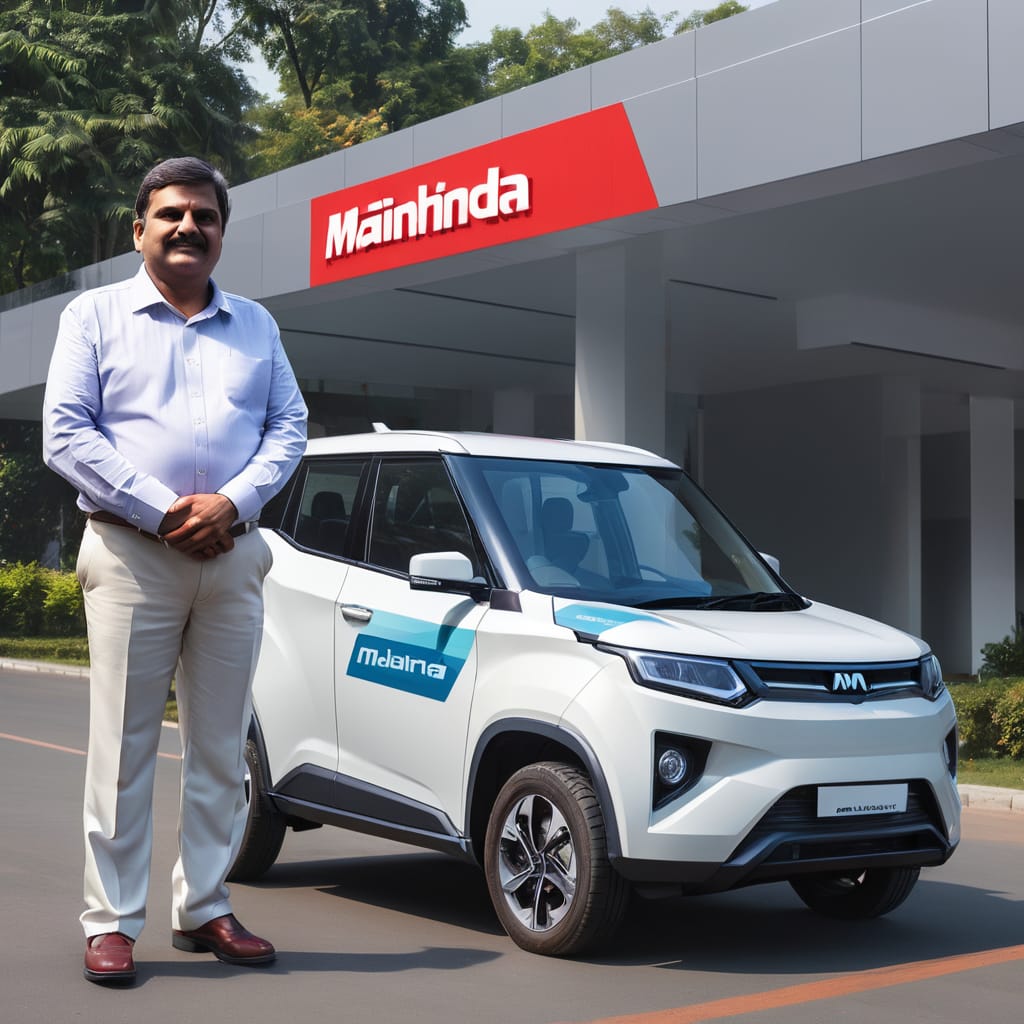
Competitive Environment and Market Dynamics.
Mahindra’s approach needs to be considered in the larger framework of the automotive industry where regulations are becoming more stringent and competition is intense. Rivals in the EV market such as Tata Motors are also gaining ground and frequently concentrate on producing smaller electric cars. But Mahindra’s focus on SUVs and larger utility vehicles sets it apart from the competition and appeals to a particular market niche. Further affecting market dynamics is the Indian government’s push for greener modes of transportation. Manufacturers are being encouraged to expedite their electrification plans by policies and incentives designed to promote electric vehicles. Because of its well-rounded strategy Mahindra is able to adapt quickly to new regulations and continue to provide services to markets where ICE cars are still widely used.
Prospects for the Future.
In the future Mahindra will be well-positioned to handle the challenging shift to sustainable mobility thanks to a comprehensive plan that incorporates ICE EV and hybrid cars. In order to preserve its market position and guarantee long-term success the company will need to be able to balance these various powertrain technologies. Mahindra is showing its commitment to a sustainable future with this audacious plan to launch 16 electric models by 2027. However, Mahindra is making sure that it stays flexible to different market demands and consumer preferences by not discounting the potential of ICE cars and hybrid technology. This well-rounded strategy could act as a template for other manufacturers facing similar difficulties in a sector that is changing quickly.
In summary, Mahindra & Mahindra’s strategy of combining ICE EV and hybrid technologies demonstrates a thorough approach to the mobility of the future. Mahindra is making sure it can satisfy the needs of today’s consumers as well as plan for the future by making investments in a wide variety of powertrain options. The company’s continuous success and its contribution to a more sustainable automotive sector are probably greatly influenced by this strategic balance.
